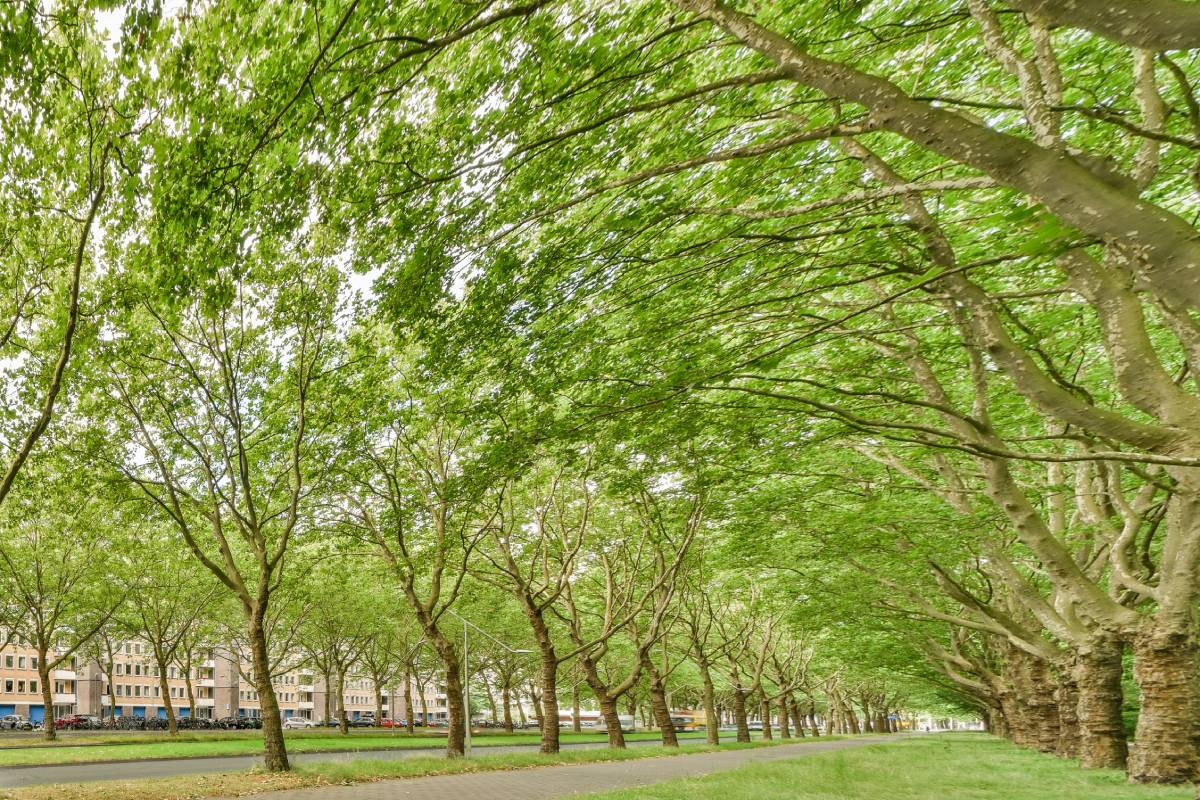Maintaining and caring for street trees is essential to ensure they thrive and continue to provide the numerous benefits they offer to urban environments. From enhancing aesthetics to improving air quality and providing shade, street trees play a vital role, and proper care is key to their long-term health.
Regular Watering: One of the fundamental aspects of caring for street trees is providing them with an adequate water supply. Especially in urban settings where soil may be compacted and water may not easily penetrate, street trees may face challenges in getting the water they need. Regular watering, particularly during dry periods, helps keep the soil moist and supports the tree’s overall health. Mulching around the base of the tree can also help retain moisture and prevent weed competition.
Appropriate Pruning: Pruning is another crucial component of street tree care. Proper pruning helps maintain the tree’s shape, removes dead or diseased branches, and encourages new growth. It also enhances the safety of pedestrians and vehicles by preventing low-hanging branches. However, it’s essential to prune with care, avoiding excessive removal of healthy foliage, as this can stress the tree and make it more susceptible to diseases and pests.
Soil Health: The health of the soil in which street trees are planted directly influences their well-being. Compacted soil can restrict root growth and limit the tree’s access to nutrients and water. Implementing soil aeration and adding organic matter can improve soil structure and provide a healthier environment for the tree’s roots. Regular soil testing helps determine nutrient levels, allowing for targeted fertilization if necessary.
Protection from Damage: Street trees face various threats, including potential damage from construction activities, vandalism, and vehicle collisions. Implementing protective measures, such as installing tree guards or fencing, helps shield trees from physical harm. Adequate spacing between trees and surrounding structures also prevents issues like root damage and ensures proper air circulation.
Pest and Disease Management: Vigilance against pests and diseases is crucial for the well-being of street trees. Regular inspections can help identify signs of infestation or disease early on. In cases of pest problems, environmentally friendly control methods should be prioritized to minimize the impact on the broader ecosystem. Prompt action in addressing diseases can prevent their spread to other nearby trees.
Community Engagement: Caring for street trees is not solely the responsibility of municipal authorities or arborists. Engaging the local community is a vital aspect of successful street tree maintenance. Public awareness campaigns can educate residents about the importance of street trees and encourage their active participation in caring for these urban assets. Community tree care events, where residents come together to water, prune, or plant trees, foster a sense of shared responsibility and connection to the environment.
Professional Arborist Support: While community engagement is crucial, professional arborists play a central role in the long-term health of street trees. Regular assessments by certified arborists can identify potential issues, prescribe appropriate care, and address any advanced problems. These experts have the knowledge and skills to ensure that street trees receive the care they need for optimal growth and vitality.
In conclusion, maintaining and caring for street trees involves a combination of regular watering, appropriate pruning, attention to soil health, protection from damage, pest and disease management, community engagement, and professional arborist support. By prioritizing the well-being of street trees, communities can enjoy the multitude of benefits these green companions bring to urban spaces, creating healthier, more vibrant environments for everyone.






